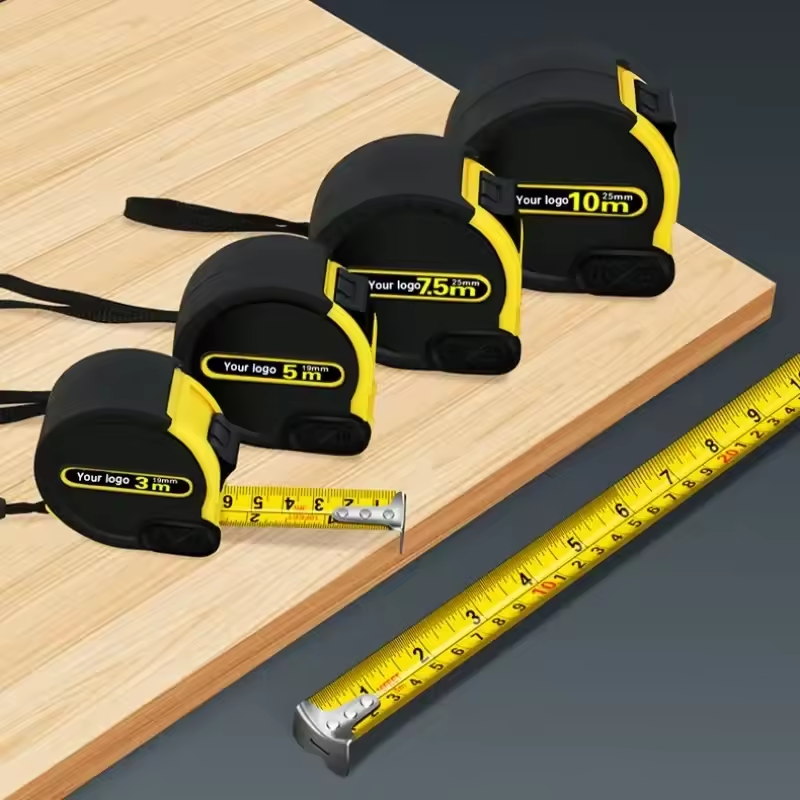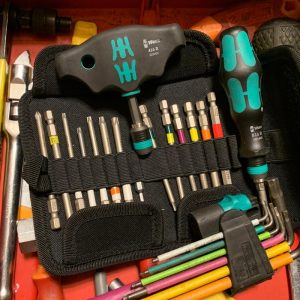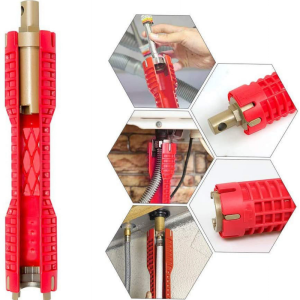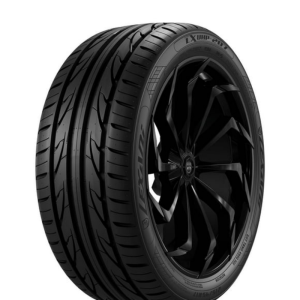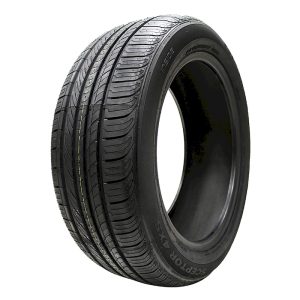
Motorcycle tires are critical to your safety and performance on the road. Knowing when to change your motorcycle tires can make a significant difference in your riding experience, safety, and overall bike performance. This guide provides detailed insights into the signs that indicate it’s time to replace your tires, how to assess tire wear, and the importance of timely tire changes.
Understanding Tire Lifespan
Average Lifespan of Motorcycle Tires
The lifespan of motorcycle tires can vary based on several factors, including the type of tire, riding style, and road conditions. On average, motorcycle tires should be replaced every 5,000 to 10,000 miles. However, this is a general guideline and not a one-size-fits-all answer. Your riding habits and tire maintenance can affect how long your tires last.
Factors Influencing Tire Lifespan
- Riding Style: Aggressive riding, such as hard braking and sharp turns, can wear out tires more quickly.
- Road Conditions: Frequent riding on rough or uneven surfaces can lead to faster tire wear.
- Tire Type: Different types of tires, such as sport, touring, or off-road, have varying lifespans based on their construction and intended use.
Signs That It’s Time to Replace Your Tires
Tread Wear Indicators
One of the most straightforward ways to determine if your motorcycle tires need replacing is by checking the tread depth. Most tires have built-in tread wear indicators, which are small bars of rubber that become visible when the tread depth is too low.

1. Tread Depth
- Shallow Tread: If the tread depth is less than 2/32 of an inch, it’s time to replace your tires. Low tread depth reduces traction and increases the risk of skidding, especially in wet conditions.
- Uneven Wear: Check for uneven wear patterns, such as more wear on one side of the tire. This could indicate alignment issues or improper tire pressure.
Visual Inspection of the Tire
Inspecting your tires regularly can help you spot issues before they become serious problems. Look for the following signs:
1. Cracks and Cuts
- Sidewall Cracks: Cracks in the sidewall of the tire can weaken its structure, making it more prone to blowouts.
- Surface Cuts: Small cuts or punctures in the tread can compromise tire integrity. If these are deep or multiple, it’s best to replace the tire.
2. Bulges and Blisters
- Bulges: Bulges or blisters on the tire surface indicate internal damage and can lead to sudden tire failure. Replace the tire immediately if you notice any bulges.
Handling and Performance Issues
When to change tires motorcycle? Changes in how your motorcycle handles can also signal that it’s time to replace your tires.
1. Vibration or Noise
- Increased Vibration: Excessive vibration or a noticeable increase in road noise can indicate uneven tire wear or internal damage.
- Poor Handling: If your motorcycle feels unstable or if you experience frequent wobbling or drifting, your tires may need replacement.
Importance of Regular Tire Maintenance
Regular Inspections
Conducting regular tire inspections is crucial for identifying potential issues early. Check your tires at least once a month or before every long ride. This routine check should include:
- Tire Pressure: Ensure that your tires are inflated to the manufacturer’s recommended pressure.
- Visual Checks: Look for any visible signs of wear or damage.
Proper Tire Inflation
Maintaining the correct tire pressure is essential for safety and performance. Both under-inflation and over-inflation can lead to premature tire wear and affect handling. Check your tire pressure regularly and adjust as needed.

Professional Tire Service
Having your tires inspected and replaced by a professional ensures that the job is done correctly. Professionals can also balance your tires and check for any alignment issues that might affect tire wear.
Choosing the Right Replacement Tires
Types of Motorcycle Tires
When to change tires motorcycle? When replacing your motorcycle tires, choosing the right type based on your riding style and bike is essential.
1. Sport Tires
- Characteristics: Designed for high performance and handling in various conditions.
- Best For: Riders who engage in spirited riding and track days.
2. Touring Tires
- Characteristics: Built for long-distance comfort and durability.
- Best For: Long-distance riders and those who prioritize a smooth, stable ride.
3. Off-Road Tires
- Characteristics: Equipped with aggressive tread patterns for traction on uneven terrain.
- Best For: Riders who frequently ride on trails or unpaved surfaces.
Tire Brands and Quality
Investing in high-quality tires from reputable brands ensures better performance and safety. Look for brands known for their reliability and customer satisfaction. Consult reviews and recommendations from other riders or motorcycle forums for insights.
Cost of Motorcycle Tire Replacement
Budgeting for New Tires
The cost of replacing motorcycle tires can vary widely based on the type, brand, and size. On average, you can expect to pay between $100 to $300 per tire.
1. Factors Affecting Cost
- Tire Type: Specialty tires, such as those for high-performance bikes or off-road use, may cost more.
- Installation Fees: Factor in the cost of professional installation, which can add $20 to $50 per tire.
Value of Investing in Quality Tires
While high-quality tires may have a higher upfront cost, they often provide better performance, longer lifespan, and enhanced safety. Investing in quality tires can save you money in the long run by reducing the frequency of replacements and avoiding potential safety issues.
Additional Considerations for Motorcycle Tire Care
Seasonal Tire Changes
Depending on where you live, seasonal changes can affect tire performance. Here’s how to manage tire care across different seasons:
1. Winter Riding
- Winter Tires: In regions with severe winter conditions, consider using tires specifically designed for winter riding, which offer better grip on icy or snowy roads.
- Storage: If you’re not riding during winter, store your motorcycle in a cool, dry place and avoid leaving it on flat surfaces to prevent flat spots on the tires.
2. Summer Riding
- Heat Impact: High temperatures can cause tires to wear more quickly. Regularly check tire pressure and tread depth, and avoid overloading your bike.
- Road Conditions: Be mindful of road conditions as heat can cause asphalt to soften, potentially affecting tire performance.
Environmental Factors
Environmental factors can significantly impact the longevity and performance of your motorcycle tires:
1. UV Exposure
- Sunlight Damage: Prolonged exposure to UV rays can degrade the rubber, leading to cracks and reduced tire lifespan. Use a cover if parking outdoors for extended periods.
2. Humidity and Moisture
- Corrosion Risk: Excess moisture can lead to corrosion and damage. Ensure tires are dry before storage and avoid riding on overly wet roads when possible.
Professional Inspections
Regular professional inspections can help catch issues that might not be visible during a routine check:
1. Tire Balancing
- Importance: Proper balancing ensures even tire wear and smoother handling. Have your tires balanced when new ones are installed or if you notice handling issues.
2. Alignment Checks
- Regular Checks: Misalignment can cause uneven tire wear and affect handling. Have your motorcycle’s alignment checked periodically, especially if you notice any handling problems.
Upgrading Your Motorcycle Tires
Benefits of Upgrading
Upgrading to higher-quality or specialized tires can offer several benefits:

1. Improved Performance
- Handling: Higher-quality tires often provide better grip and handling, enhancing overall riding performance.
- Comfort: Specialized tires can offer a smoother ride, reducing vibration and improving comfort.
2. Enhanced Safety
- Traction: Upgraded tires can offer better traction, reducing the risk of accidents, especially in adverse weather conditions.
- Durability: Investing in durable tires can reduce the frequency of replacements and improve long-term safety.
Choosing the Right Upgrades
When considering an upgrade, focus on:
1. Riding Style
- Sport Riders: Opt for high-performance tires designed for speed and cornering.
- Touring Riders: Choose tires designed for comfort and longevity over long distances.
2. Bike Compatibility
- Fit: Ensure that any new tires are compatible with your motorcycle’s make and model. Consult your bike’s manual or a professional for recommendations.
Conclusion
Knowing when to change your motorcycle tires is crucial for maintaining safety and performance on the road. By monitoring tire wear, performing regular maintenance, and investing in quality replacements, you can ensure a safer and more enjoyable riding experience. Stay vigilant, follow the guidelines provided, and enjoy the thrill of riding with confidence.
